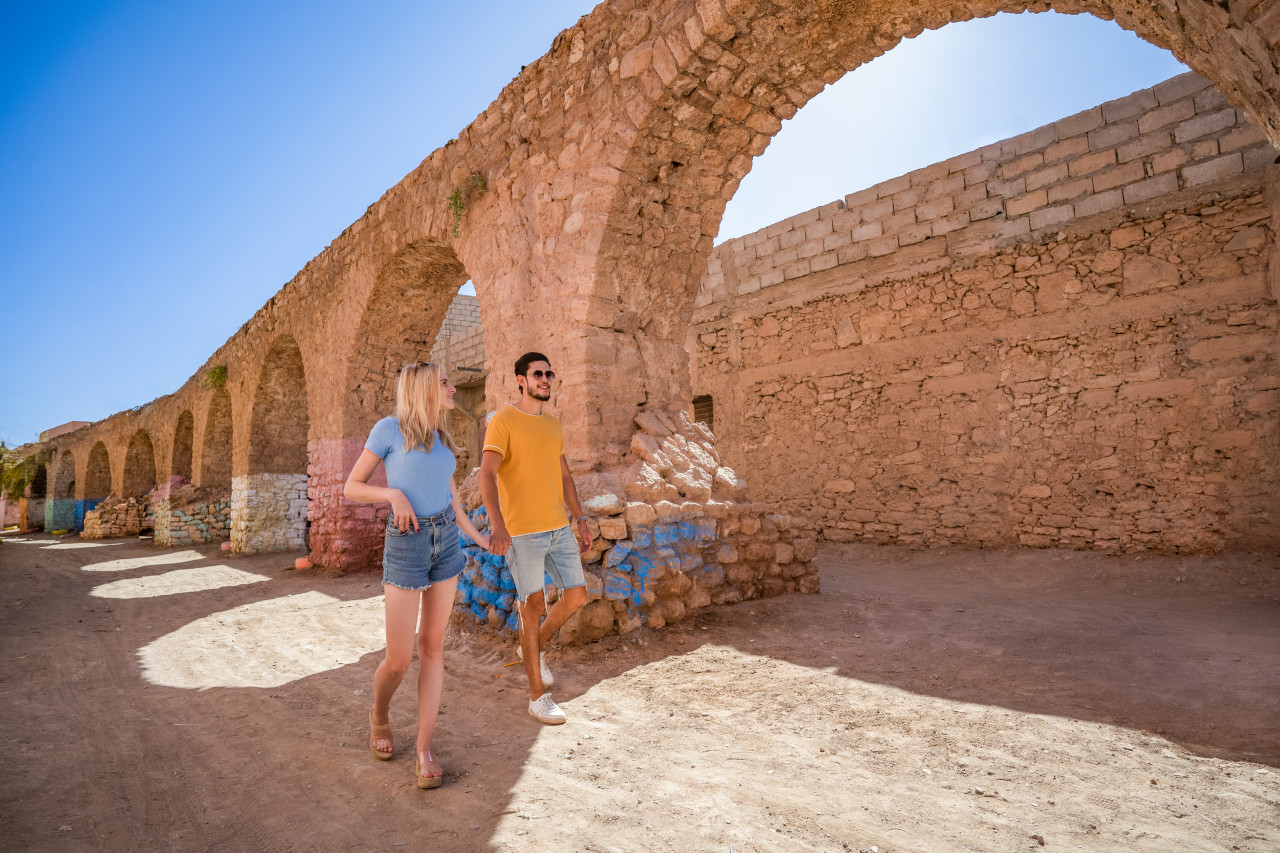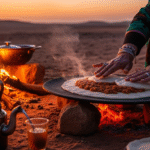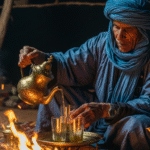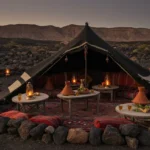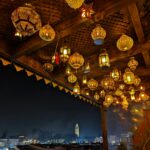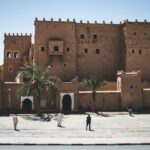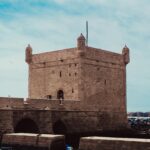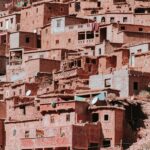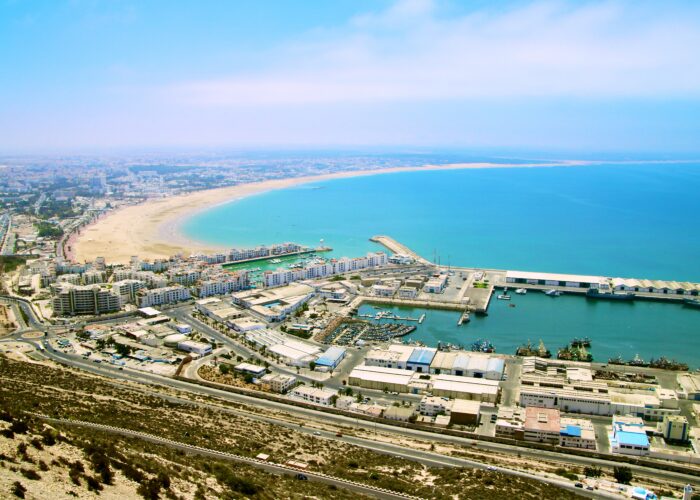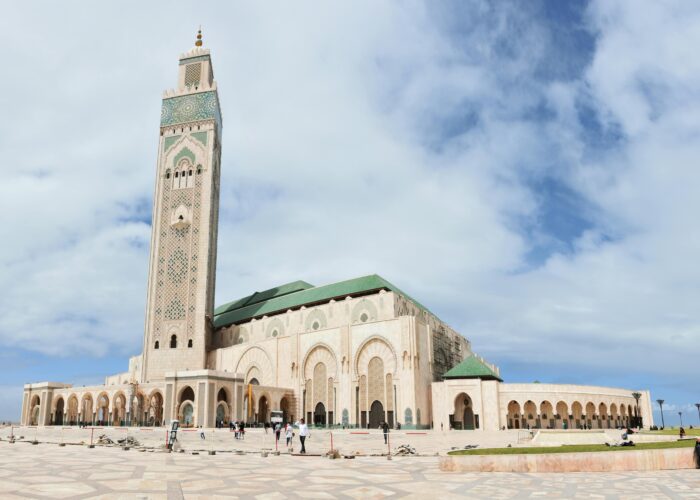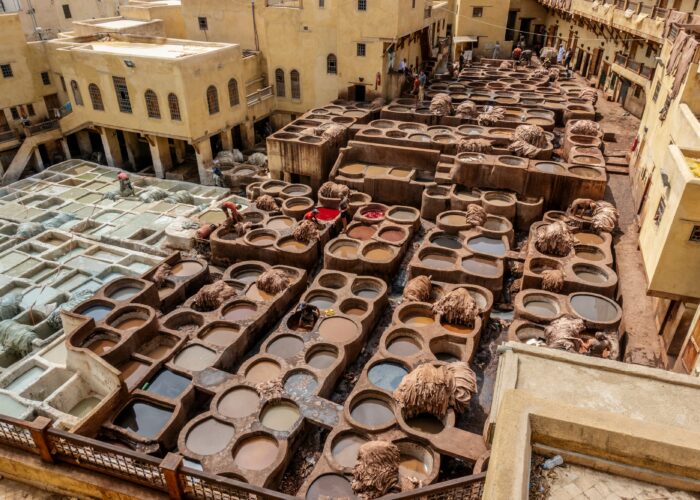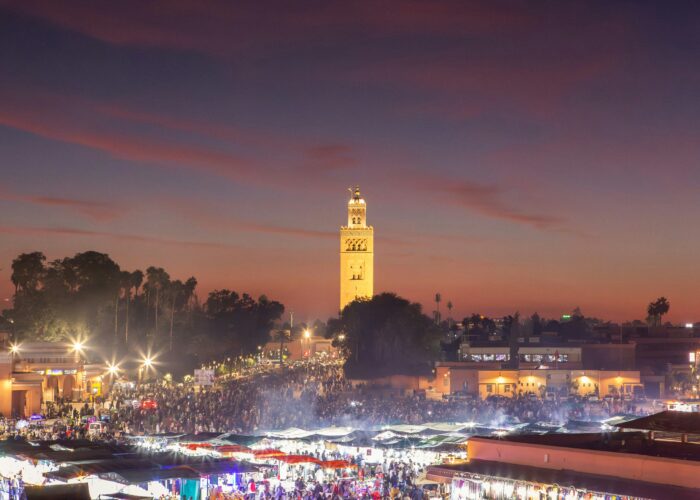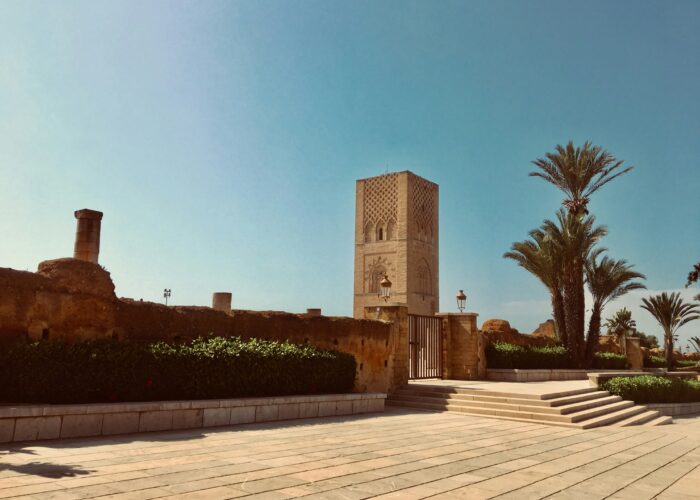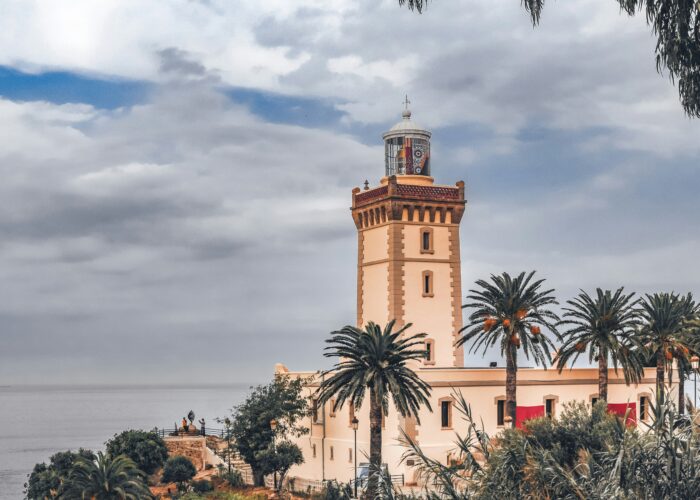Introduction: The Importance of Dressing Respectfully in Morocco
When traveling to Morocco, understanding the local dress code for tourists is a vital aspect of showing respect for the country’s rich cultural heritage. Morocco is known for its diverse traditions and customs, and how one dresses reflects an appreciation for these values. Dressing appropriately not only enhances personal comfort but also fosters positive interactions with local residents. Many Moroccans adhere to modest clothing, and by following these dress guidelines, travelers can demonstrate their understanding and respect for local norms.
For women, choosing what to wear in Morocco often involves considerations of modesty; outfits that cover the shoulders and knees are preferred. Lightweight travel clothes for Morocco that reflect this modesty facilitate a more harmonious experience within the community. While exploring bustling medinas or vibrant souks, modest clothing is especially important to avoid unwanted attention and to be culturally sensitive. Men also have a role in observing Morocco clothing etiquette, opting for long trousers and shirts with sleeves to show respect for local customs.
Additionally, understanding specific attire requirements for different settings is essential. For example, when visiting mosques, wearing conservative dress is mandatory, while dressing appropriately for desert tours may require functional attire suitable for warm days and cool nights. Thus, incorporating local dress customs not only aids in blending in but enhances overall travel experience. With appropriate packing lists for Morocco travel, including a selection of versatile, modest outfits, tourists can prepare adequately for various occasions and settings, enabling them to engage more deeply with the culture. Ultimately, embracing Morocco’s clothing customs reflects a respectful approach to travel that benefits both the visitor and the welcoming local communities.
Understanding Moroccan Dress Code Basics
In Morocco, understanding the dress code is crucial for tourists aiming to respect local customs and maintain comfort while enjoying their travels. The fundamental aspect of the Moroccan dress code is modesty, deeply rooted in the culture and traditions of the country. As such, both men and women should be mindful of their clothing choices. In urban areas like Marrakech or Casablanca, the dress code tends to be slightly more relaxed; however, in rural regions, it is best to adhere to conservative dress norms to align with local expectations.
For women, appropriate attire typically includes dresses, long skirts, and loose-fitting blouses. Lightweight and breathable fabrics are ideal, especially considering Morocco’s warm climate. Additionally, when visiting religious sites or mosques, specific guidelines dictate that women cover their arms and legs; thus, bringing a lightweight shawl or scarf is advisable for such occasions. The question of whether tourists can wear shorts in Morocco is best answered by suggesting that while it is permissible in some areas, it is preferred to avoid them in more conservative regions.
Men are advised to opt for long trousers and short-sleeved shirts, being cautious of overly casual attire like tank tops. Morocco’s cultural dress guide encourages both genders to dress respectfully, as adhering to the local customs contributes positively to the travel experience. Foreigners often receive positive responses when making an effort to dress in line with Moroccan clothing etiquette, which helps in blending with the local population. Overall, dressing appropriately not only shows respect for the culture but also enhances interactions with locals during explorations of Moroccan medinas or on desert tours.
What Women Should Wear in Morocco
When traveling to Morocco, it is important for female tourists to be mindful of the Morocco dress code for tourists to ensure a respectful experience. In general, women should aim to dress modestly. This involves covering shoulders, knees, and cleavage to align with local customs. While it can vary by region, a good starting point is to wear dresses, skirts, or loose-fitting pants that provide comfort while honoring the cultural norms.
A versatile wardrobe that includes lightweight travel clothes for Morocco is advisable, especially given the varying climates throughout the country. For summer visits, breathable fabrics such as cotton or linen can help keep you cool. In contrast, winter clothing in Morocco may require layers, particularly when exploring the desert where temperatures can drop significantly at night.
During your stay in Moroccan cities and medinas, consider packing a few long-sleeved tops, which can be paired with skirts or loose trousers. If you are visiting religious sites such as mosques, it is essential to wear appropriate dress; this typically means donning clothes that cover your arms and legs fully. A scarf can serve a dual purpose of protecting you from sun exposure and allowing you to cover your head respectfully when entering such places.
Additionally, if you are uncertain about what to wear in Marrakech or other towns, keep in mind that women can choose to wear a hijab as a way to embrace the local culture and enhance the experience. However, while it is appreciated, it is not mandatory. Concerning casual attire, some may wonder if tourists can wear shorts in Morocco—while it’s technically allowed in more touristy areas, it is advised to select knee-length options or cover up with a light wrap for added modesty. Always aim for conservative dress when in doubt, as adhering to the Morocco clothing etiquette enhances mutual respect between visitors and locals.
What Men Should Wear in Morocco
When traveling to Morocco, male visitors should pay careful attention to their clothing choices to ensure they adhere to local customs while remaining comfortable. The essential aspect of choosing appropriate attire lies in balancing respect for Moroccan culture with practical considerations for the climate and terrain.
In urban areas such as Marrakech and Casablanca, men typically wear lightweight, breathable fabrics due to the country’s warm climate. Long-sleeved shirts made of cotton or linen are ideal, as they provide sun protection while allowing air circulation, and they align with the morocco dress code for tourists. It is pivotal for men to remember that sleeveless shirts are generally discouraged, especially in more conservative regions. Instead, opting for casual button-up shirts or polo shirts can maintain a stylish yet respectful appearance.
When considering pants, lightweight trousers or chinos are preferable to shorts. While shorts may be acceptable in tourist-heavy zones or coastal areas, they can draw unwanted attention in more traditional locales, compromising the respect inherent in morocco clothing etiquette. Consequently, wearing pants that reach the ankles is recommended, creating a more culturally compatible look.
Footwear should be practical yet suitable for urban exploration. Comfortable sandals, closed-toe shoes, or lightweight sneakers are excellent choices. It is advisable to avoid overly casual footwear such as flip-flops outside of beach settings, particularly when visiting local markets or the stunning medinas, which often require more supportive options.
Lastly, male travelers may consider carrying a light jacket or sweater for cooler desert nights and evening outings. As Morocco’s temperatures can vary significantly, layering is a functional packing strategy. Ultimately, understanding how to dress respectfully in Morocco enhances the travel experience, allowing visitors to immerse themselves in the country’s rich culture and heritage.

